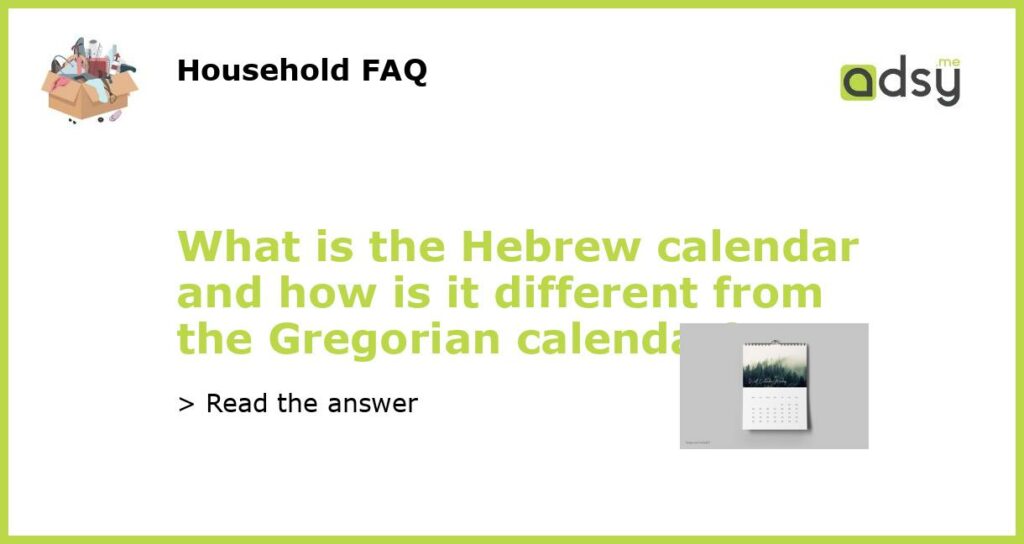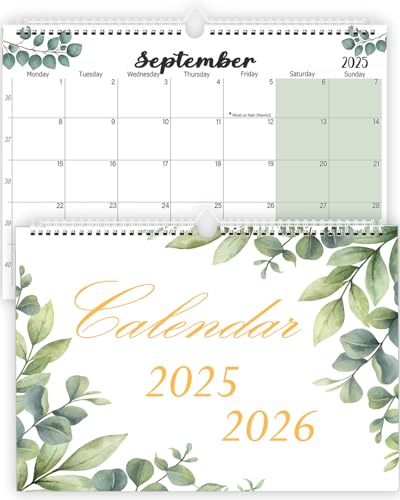The Hebrew calendar: A lunar-solar calendar system
The Hebrew calendar is a lunar-solar calendar system used by Jewish communities all over the world. Unlike the Gregorian calendar, which is purely solar-based, the Hebrew calendar takes into account the cycles of the moon and the sun to determine dates for holidays and other important events.
The basis of the Hebrew calendar: The 19-year Metonic cycle
The Hebrew calendar is based on the 19-year Metonic cycle, which has been used to synchronize lunar and solar calendars for hundreds of years. This cycle ensures that the calendar remains accurate and aligns with both lunar and solar cycles, making sure that important religious dates always fall in the correct season.
Months and holidays in the Hebrew calendar
The Hebrew calendar has 12 months, with each month corresponding to a lunar cycle. The first month, Nisan, is the month of the spring equinox and marks the beginning of the Jewish year. Some of the most well-known holidays in the Hebrew calendar include Passover, Yom Kippur, and Hanukkah.
Differences between the Hebrew and Gregorian calendars
There are several key differences between the Hebrew and Gregorian calendars. Firstly, the Gregorian calendar is purely solar-based, whereas the Hebrew calendar is lunar-solar, taking into account both lunar and solar cycles. Additionally, the Hebrew calendar was developed in ancient times and has been in use for much longer than the Gregorian calendar, which was first introduced in the 16th century.
The importance of the Hebrew calendar
The Hebrew calendar plays a vital role in Jewish culture and is used to determine important religious dates and events. It helps Jewish communities all over the world stay connected and celebrate together, regardless of location or time zone. Additionally, the lunar-solar design of the Hebrew calendar serves as a powerful symbol of the interconnectedness of all things, and how the cycles of the moon and sun impact all of our lives.






